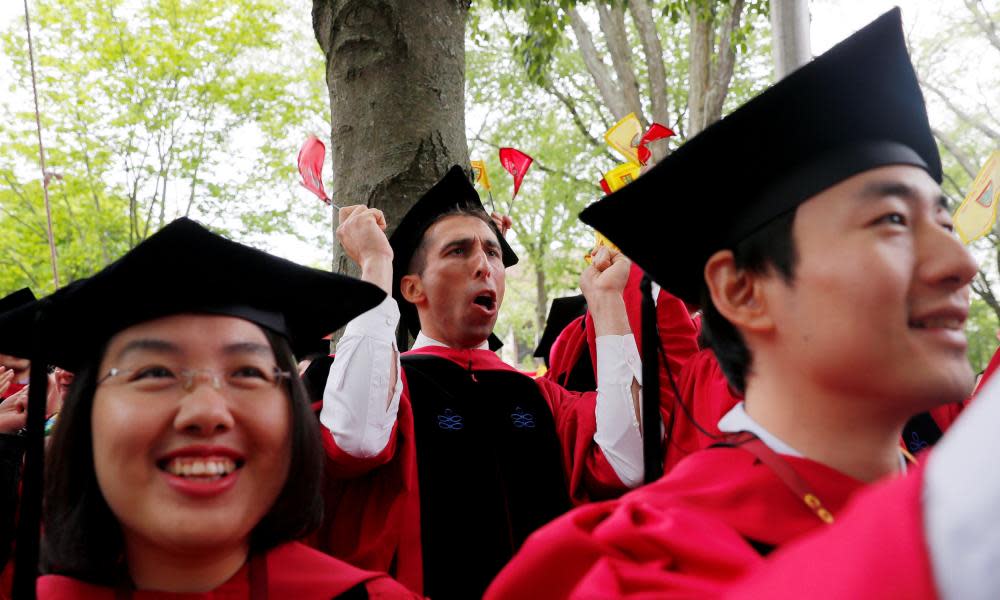This is how white privilege plays out in the Harvard admissions process

For those who believe that white privilege is a myth, a new study on the Harvard admissions process may debunk that.
After Students for Fair Admissions took Harvard to court for allegedly discriminating against Asian Americans in a high-profile case last year, researchers – including one expert involved in the lawsuit – have examined some of the documents made publicly available from that case. On Tuesday the judge in the case ruled that Harvard’s admissions policy, though not perfect, did not violate the constitution.
The research shines a light on the elusive selection of students who are either related to staff and donors or on the dean’s interest list (usually referred to as “legacy students”), or athletes.
These students are accepted at a higher rate than other applicants, even though they have worse grades. They also tend to be overwhelmingly white: roughly a third of legacy students are African American, Hispanic or Asian American.
Being selected as a legacy student in itself is an advantage: these applications are closely monitored by staff at Harvard, perhaps the reason why they are about 20 times more likely to be interviewed. And of course, being interviewed means you’re more likely to get in.
As such, all legacy students are advantaged in comparison to their peers, regardless of race. For example, students who apply as athletes are 14 times more likely to be accepted to Harvard, and those who are related to a member of staff are seven times more likely to get in.
But this advantage plays out differently for white and non-white students. Taking into consideration factors such as the grades and extra-curricular activities of legacies and athlete students, the researchers estimate that roughly three-quarters of white legacy students would have been rejected if they had been treated the same as white non-legacy students. Forty-three per cent of white students admitted to Harvard were recruited as athletes, legacy students or the children of faculty or of major donors, the study found.
Another interesting finding from the paper is that, while people may think of Harvard as an academic institution first and foremost, a high proportion of its students are athletes: 34%.
The researchers conclude that getting rid of the preferential treatment of athletes and legacy students would “significantly alter the racial distribution of admitted students, with the share of white admits falling and all other groups rising or remaining unchanged”.
• This article was amended on 2 October 2019. A reference to “non-white legacy students” has been corrected to “white legacy students”.

